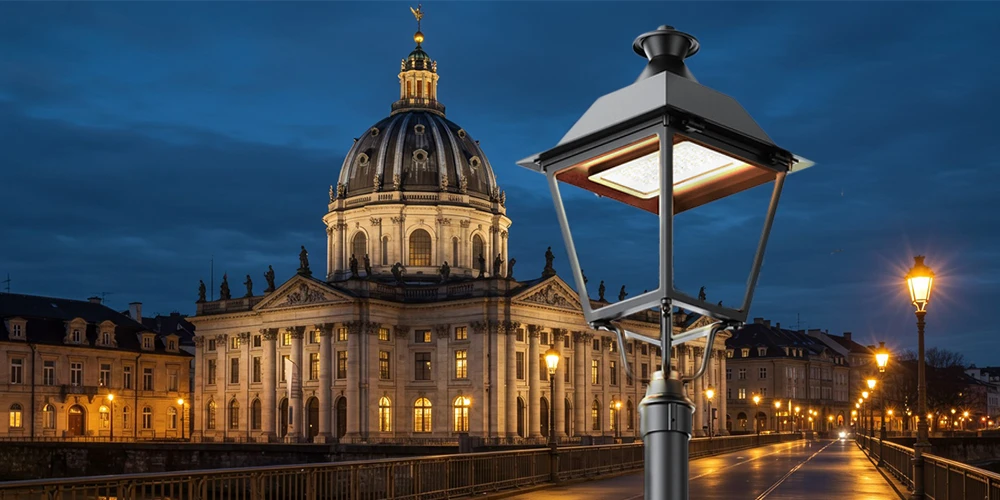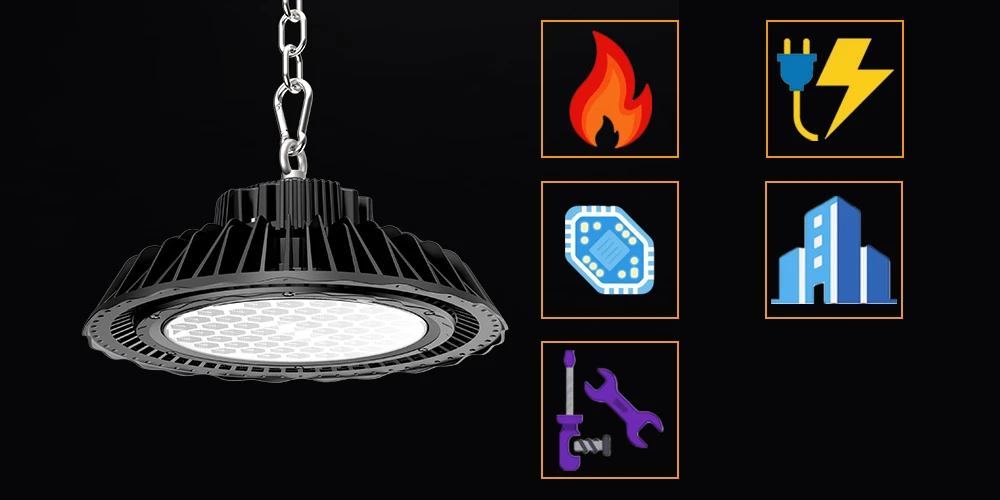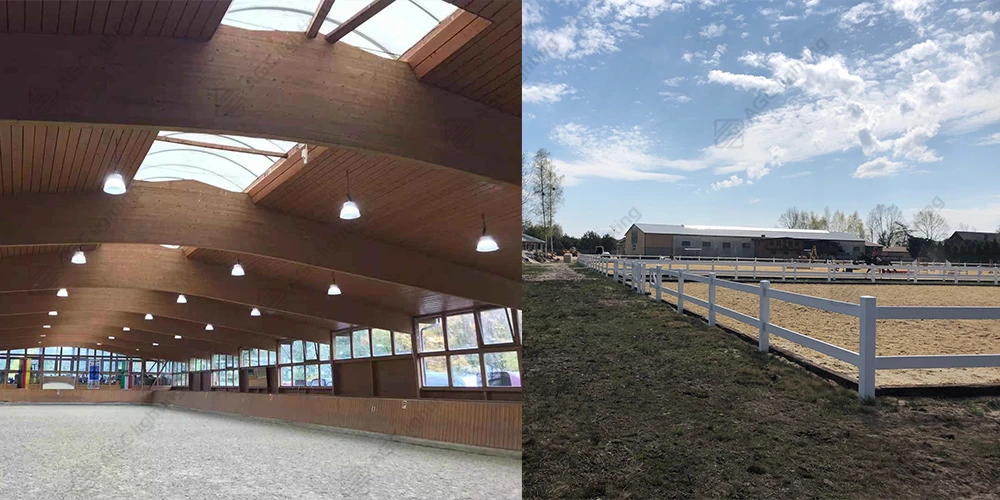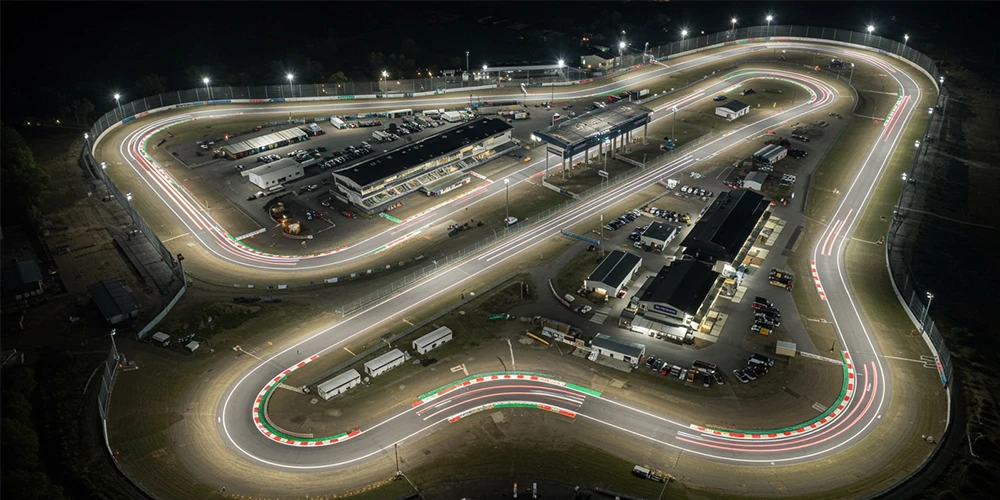The Zhaga interface standard for outdoor luminaires like intelligent street lights provides guarantee for lamps to keep up with the rapid development of digital technology in the future. It not only makes lamps and sensors/communication modules interchangeable, but also realizes a multi-vendor ecosystem and removes obstacles for lamps to achieve intelligence.
The Zhaga smart interface specifications will have a major impact on the value of the lighting infrastructure for connectivity and on the investment decisions of city governments, specifiers and utility companies. It will drive innovation in in sensor/communication modules incorporating new smart applications. Sensor manufacturers can focus more on improving the performance of sensors and do not need to spend energy on the connection between sensors and lamps
When zhaga standard interfaces are reserved on street lights manufactured by different manufacturers, and sensors from different manufacturers are coupled with zhaga standard interfaces,A multi-vendor ecosystem between luminaires and sensor/communication modules described above can be implemented. This means that the same sensor can be used on street lights from different manufacturers, without the need to change or tailor lights to suit sensor access. Likewise, the same light fixture can use sensors from different manufacturers. This will greatly increase the optionality and flexibility between luminaires and sensor/communication modules. It also paves the way for the large-scale IOT overall arrangement of city smart street lights, breaking the situation that each manufacturers do things in their own way.
The latest specification from zhaga association book 18 defines a standardized interface between outdoor LED luminaires and modules for sensing and communication. You can read Book 18 to help to know how interface standard bring the IOT to the outdoor lighting market via smart, upgradeable, future-proof fixtures.
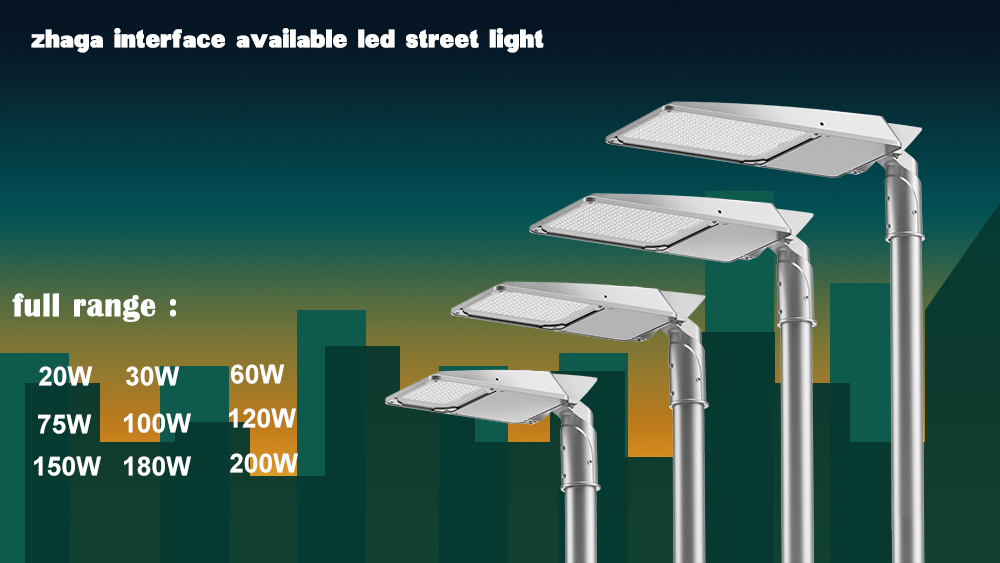
smart
Street lights are the most numerous, most evenly distributed and densest infrastructure in the city. There is nothing wrong with people taking the street lamps upgraded with intelligence as the core of a smart city. The lighting industry has always seen itself as a player in this role. It can be said that the concept of smart city once put forward has been popular. However, there are still no small obstacles between the concept and the actual implementation.
Different street light infrastructure projects are constructed separately. This may lead to different projects using street lights from different businesses, equipped with different components, and connected with different sensors/intelligent communication modules from different vendors with different functions, which makes the lighting control of urban street lights present a regional and fragmented state. This also leaves some potential problems for the implementation of smart cities in the future.
The sensor/communication module industry has been developing rapidly and will continue to do so in the future. Rapid development also means more product changes and more excellent products appear. The led street lights are installed now, but the more intelligent sensor/communication module was developed later. It is very common for the two to be inconsistent on a timeline. moreover, If a smart city based on street lamps wants to play its core role, it needs to have connectivity for the regulation and control of outdoor luminaires in the whole city, rather than connectivity in parts of regions, so as to achieve the role of unified and centralized management.
Smart city is an important application scenario of the Internet of Things, and the Internet of Things is an important foundation for realizing smart city. Applications based on the technological path of the Internet of Things have been widely used in all aspects of our production and life. Smart cities use IOT sensors and advanced analytics to improve the performance of urban services and other aspects of urban life, thereby increasing efficiency and improving the quality of life for their citizens.
Many cities are upgrading street lighting and implementing connected lighting solutions to improve energy efficiency, reduce energy waste and reduce maintenance costs. The integration of the layout helps to realize the intelligent monitoring and control of the whole city. Smart street lights can automatically adjust their brightness as needed, transmit maintenance information to speed up response times and save at least half of the energy costs per year compared with previously less flexible and intelligent street lights.
upgradeable
How to upgrade installed street lights so as to realize the new functions people want ? the worst approach is to replace all the old lights with new ones. It is a huge way of waste 。Unless it is necessary or the benefits of replacing lamps far outweigh the costs of buying new ones, it's really not recommended.The reason why it is suggested to replace traditional street lamps with LED street lamps is that led street lamps have achieved significant energy savings.That's a very accepted view.
But if only because there are other more powerful sensors , those already installed led street lights in the previously completed street lighting project have to be replaced them all just because they do not have interfaces for the new sensors. Such a replacement would be would be frustrated and difficult to accept. A more subtle approach should be that street lights installed now predictably leave room for future upgrades. If not, replacing all may be the only option.
With the zhaga standard interface, there is no need to worry about upgrades even if more powerful sensors or communication modules appear. We can use this interface to upgrade previously installed street lights. In the case of budget shortfalls, we can equip zhaga socket on the lamp first and leave it for later upgrade.The convenience of the Zhaga interface is more conducive to the layout of a smart city.
future-proof
The future-proof property means that street lamps equipped with the zhaga standard interface will still be compatible with the new sensors even if new street lamps or new sensors become available in the future. The zhaga standard interface sensor is also compatible with new street lamps. We do not need to replace all the equipment at the same time, we can choose to keep one of the two, which increases the compatibility and utilization efficiency between the equipment, saves the cost, and reflects the foreseeability of equipment use.
Introduction
Zhaga is an open and global consortium of lighting companies that creates interface standards for components of LED luminaires. Zhaga so enables multi-vendor eco-systems of interoperable products.
Zhaga has now applied its vision to connectivity and smart street lighting. The standard in the Zhaga Book 18 was published in November 2019 and is called “Smart interface between outdoor luminaires and sensing / communication modules”. This standard defines a smart luminaire interface, including mechanical socket and communication and control aspects, so that a sensor/communication module can be externally mounted on the luminaire supported by plug-and-play. The interface is in this respect similar to the USB slot on a computer.
This short paper describes the vision leading to the standard, the standard itself, certification aspects, and ends with a brief conclusion.
Connectivity Vision
The increasing digitization in many areas of our society presents new challenges to manufacturers, specifiers, installers and users of lighting installations. The long lifetime of outdoor lighting is very difficult to match with the dynamic developments in digital technology.
This inability to combine the long-lasting nature of the lighting infrastructure and the rapid changes in digital communication and sensor technology has led to an underutilization of the lighting infrastructure for smart applications and has regrettably reduced the solution toolbox for smart city and smart buildings. This has hampered progress in this space.
To resolve the challenge and secure a central place for lighting in smart city, a connectivity solution for lighting should at least meet the following requirements. From a functional point of view, the solution should enable the lighting to connect to the IOT, enable light management through control and energy and status reporting, and support beyond lighting applications.
From a more methodological point of view, the solution should be future proof and easily upgradable to keep pace with rapid developments in digital networking technology. It should also be based on standards to avoid vendor lock in.
Zhaga Solution
Zhaga has now addressed this problem by creating a new interface standard for outdoor luminaires. This standard turns the street lighting infrastructure into a strong enabler for smart cities.
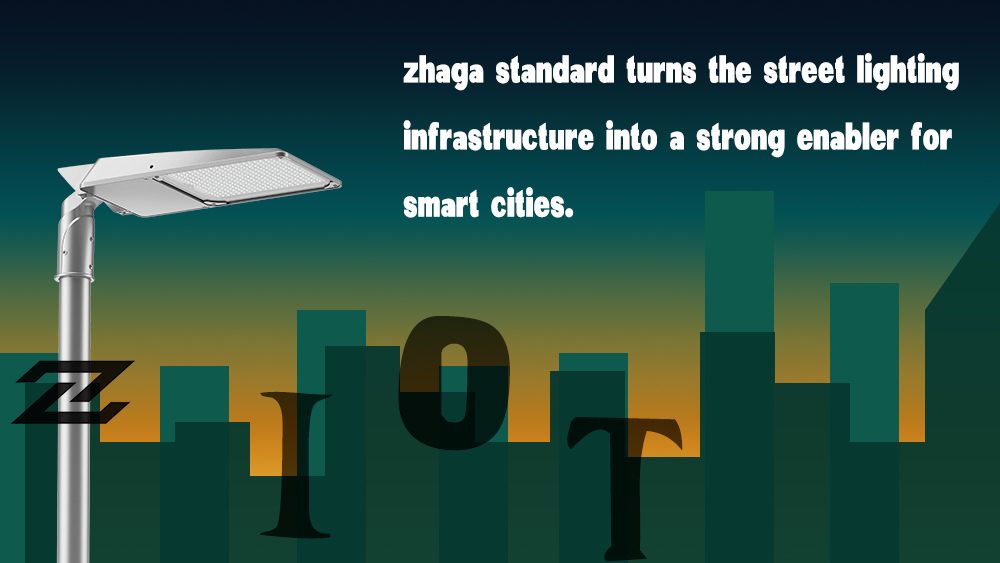
The Zhaga standard for smart street lighting defines a smart luminaire interface which includes both a mechanical socket and communication and power aspects. It allows a sensor/communication module to be externally mounted on the luminaire and supports plug-and-play. The interface is in this respect similar to the USB slot on a computer.
Luminaires with the Zhaga interface can be equipped – in field – with sensor/communication modules to extend their initial functionality. In one case, the module includes radio communication, and enables remote light control and the transmission of diagnosis and energy data to a central management system. In another case, the module includes sensors. In yet another case, the module includes even more advanced smart city applications for e.g. city security of environmental control.
Certification
The Zhaga vision on connectivity hinges on the interoperability between luminaires and sensor/communication modules of multiple vendors.
To create trust in interoperability, Zhaga has defined a certification program to accompany its standards. The program is carried out by independent test houses and the certification status of products can be verified though a publicly accessible database and though logos which are trademarked to prevent misuse.
The logo also presents business advantages to end-users, as it encourages a wide supply of innovative solutions and multi-vendor sourcing options. For manufacturers, the certification logo offers a strong marketing tool, and shows that the product derives added value from a strong product eco-system.
Conclusion
The Zhaga interface future-proves a luminaire and ensures that it can keep pace with rapid developments in digital networking, sensing and smart-city technology. Modules incorporate the developments and are easily replaced. An installed base of luminaire with the Zhaga interface drives innovation in the module market; innovations in the module market add value to the lighting infrastructure. A certification and logo program create further trust in the interoperability of luminaires and nodes from different vendors.
The Zhaga smart interface standard for street lighting, the Zhaga Book 18 was published in November 2019. First certified products and infrastructure installations are now available. Zhaga will shortly publish a standard for indoor lighting, based on an approach comparable to the one used for outdoor.
About Zhaga
Zhaga is a global association of lighting companies that is standardizing interfaces of components of LED luminaires, including LED light engines, LED modules, LED arrays, holders, electronic control gear (LED drivers) and connectivity fit systems. This helps to streamline the LED lighting supply chain, and to simplify LED luminaire design and manufacturing. Zhaga continues to develop specifications based on the inter-related themes of interoperable components, smart and connected lighting, and serviceable luminaires. For more information, visit www.zhagastandard.org.



